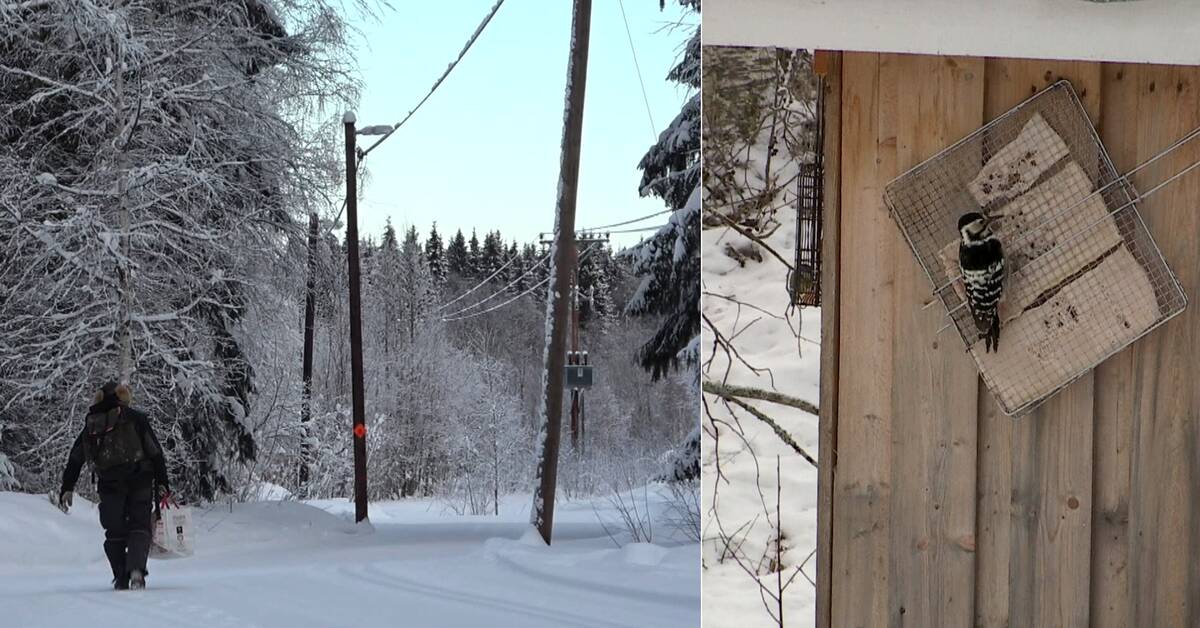Last year, four pairs and nine lone white-backed woodpeckers were observed in Norrbotten, and in Västerbotten six pairs and six individuals were observed.
But considering that the two northernmost counties make up a significant part of Sweden's area, there may be many more.
- It's a big dark number.
We receive observations from the public as closely as possible, the situation is probably better than we think, says Alexandra Lindmark at the nature conservation unit at the County Administrative Board in Norrbotten.
Hoping for a nest
During the years 2019-2020, many white-backed woodpeckers were born in Russia and Finland, some of which came to northern Sweden.
In Västerbotten, three nests took place last year.
The hope from the County Administrative Board in Norrbotten and Norrbotten's Ornithological Society has been that nesting will also take place in Norrbotten.
- It may very well be that we had a nest without us knowing about it.
Less and less deciduous forest
The white-backed woodpecker builds its nests by chopping holes in deciduous trees, often aspens, birches or alder, and in Sweden there is less and less old deciduous forest.
In Central Sweden, there are better conditions for white-backed gulls than in the north, but there almost all individuals have been raised in captivity and then placed out.
- We are very happy about a natural immigration, but there must be significantly greater efforts to recreate deciduous forest, says Linda Petersson from the white-backed woodpecker project at the Swedish Society for Nature Conservation.
In the clip, you can follow when SVT went out to Skolskogen outside Boden to look for the white back together with Berth-Ove Lindström at Norrbotten's Ornithological Society.

